The mystery of radicalisation
Skewed narrative on terror and extremism has also misled Western leaders, such as President Barack Obama
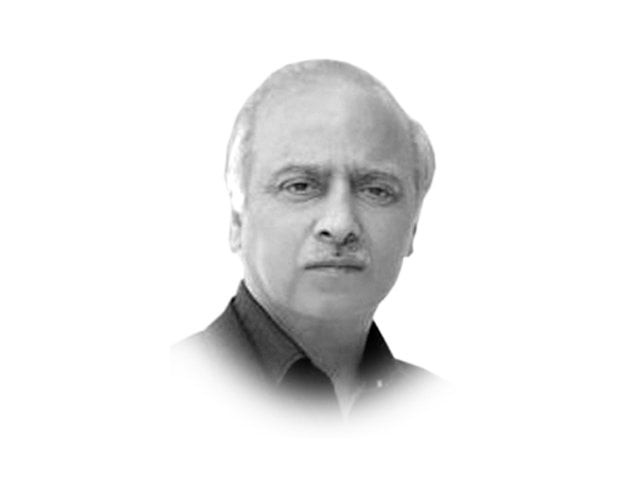
The writer heads the independent Centre for Research and Security Studies, Islamabad and is author of Pakistan: Pivot of Hizbut Tahrir’s Global Caliphate
Intellectually unchallenged by Muslim scholars, Western officials, media and intelligentsia also coined phrases such as ‘countering violent extremism (CVE)’ — denoting terrorism being perpetrated by Muslim attackers. To the misfortune of the majority, the intelligentsia in Muslim societies kept parroting this terminology. It failed even in drawing a distinction between counter-radicalisation and deradicalisation.
That is why a whole body of literature on CVE emerged during the last decade, the primary assumption of which was that poverty, economic adversity and denial of rights give birth to extremism that eventually translates into violent terrorism. And hence, we have seen countless interventions designed for counter-radicalisation based on these assumptions. By invoking the term, ‘violent terrorism’, authors inadvertently, or by design, equated terrorists, organised crime and geo-political proxies to ordinary Muslims, implying that the phenomenon was concentrated in Islamic countries only. This was an over-simplification of political and ideological issues. In fact, the dominant majority in Islamic countries does not subscribe to the radical ideologies of al Qaeda and its regional franchises, the Afghan Taliban, the TTP or even the Hizbut Tahrir.
If poverty were one of the prime drivers of terrorism, how many of the nearly 400 million Indians living below the poverty line have taken to suicide missions? How many of the tens of millions living in poverty in other South Asian countries have embarked on kamikaze missions? Indeed, if poverty, hunger and ignorance were the causes, we would have seen a rush of suicide bombers from Africa since the early 1980s, when hunger and famine pushed millions into absolute poverty. The perpetrators of the 9/11 attacks were 19 men affiliated with al Qaeda — all of them highly educated, affluent people.
It was against this backdrop that during an international consultation on CVE at Brussels in 2012, I expressed my reservations on the term being deployed for Muslim societies. I objected to equating politically-motivated terrorism with increased religiosity in Muslim societies, where the bulk of populations never subscribed to those using Islam for killing innocent people. The continuously declining vote banks of the Jamaat-e-Islami (JI) and the JUI in Pakistan is a case in point. Had the people at large been violent extremists, Pakistan would be the largest bastion for the Islamic State. Fortunately, it is not because the vast majority understands what radical groups really stand for and thus there is rejection not only of the JI and the JUI, but also a total dismissal of terrorist outfits.
Religiosity, no doubt, has increased as a social ideological phenomenon. Ironically, it is more pronounced in London, Paris or Toronto than in Muslim societies. Often, most of the younger, second and third generation Muslims find themselves caught in an identity crisis. This quest for identity exposes them to radical ideologies, which serve as tranquilisers for their internal turmoil. Vulnerable youngsters in societies such as Pakistan go through similar experiences. Based on personal experience, one can say that most masterminds and recruiters prey on such wobbly youth. The skewed narrative on terror and extremism has also misled Western leaders, such as President Barack Obama. In his final State of the Union address, he said that “instability will continue for decades in many parts of the world — in the Middle East, in Afghanistan and Pakistan, in parts of Central America, Africa and Asia”.
Even the Pakistani intelligentsia often endorses such faulty analysis and declares the entire society to be radical. They forget that it is not the radical ideology but disregard for the rule of law and poor governance that disenchant citizens. The dominant majority, however, doesn’t become suicide bombers or terrorists.
Published in The Express Tribune, January 20th, 2016.
Like Opinion & Editorial on Facebook, follow @ETOpEd on Twitter to receive all updates on all our daily pieces.

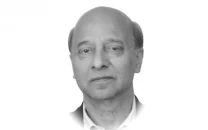
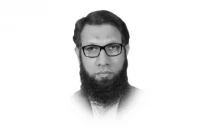






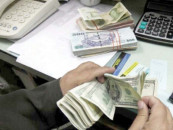
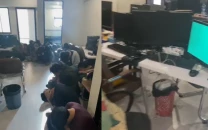



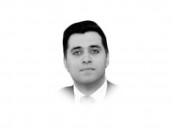
COMMENTS
Comments are moderated and generally will be posted if they are on-topic and not abusive.
For more information, please see our Comments FAQ